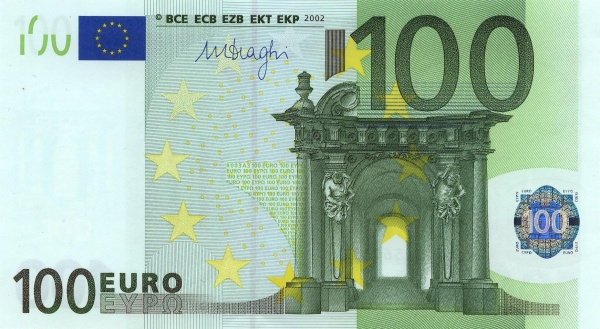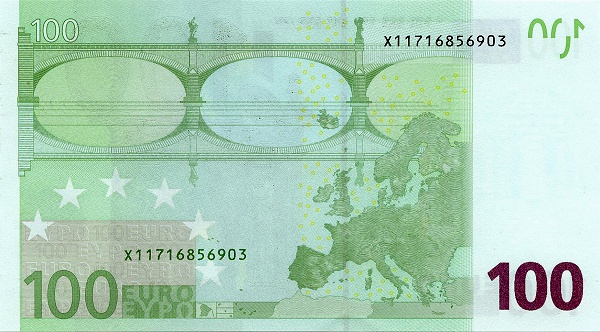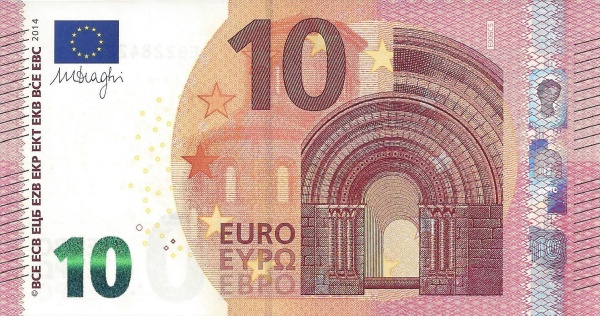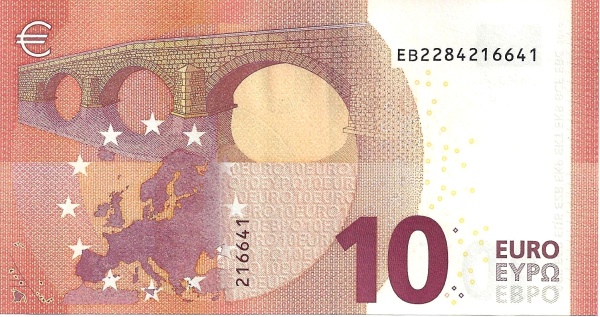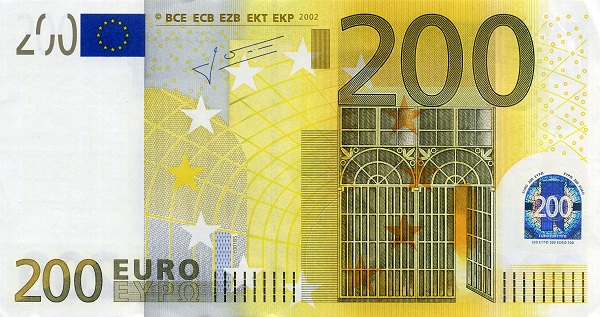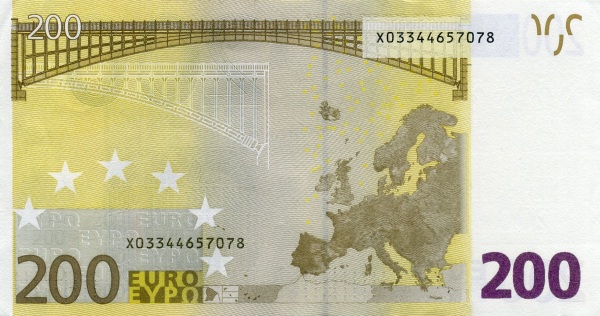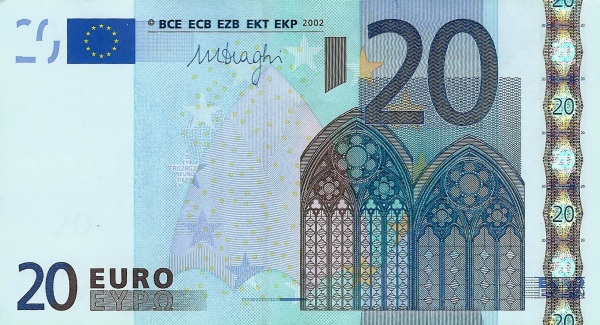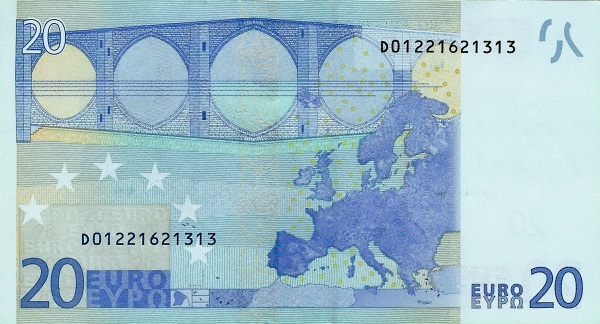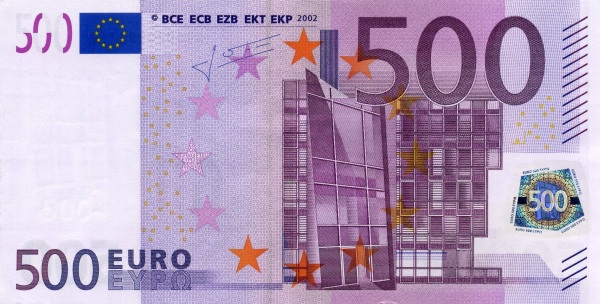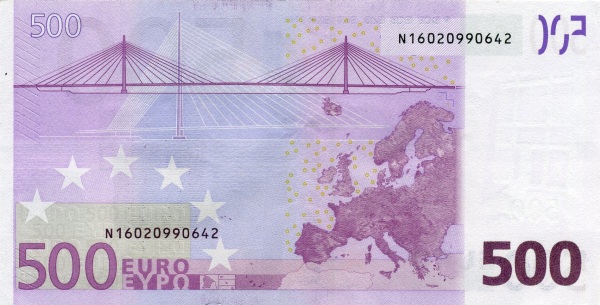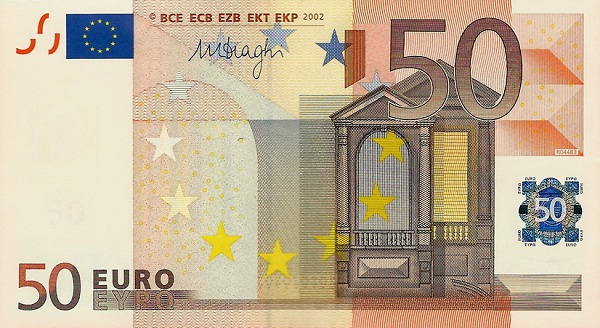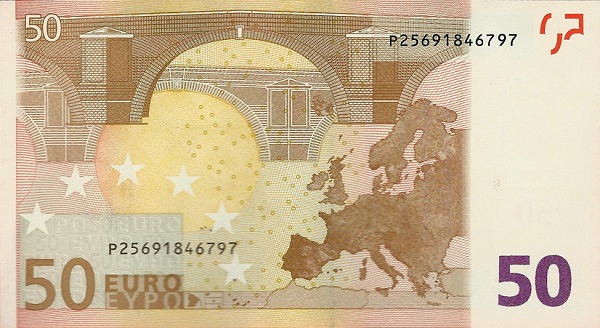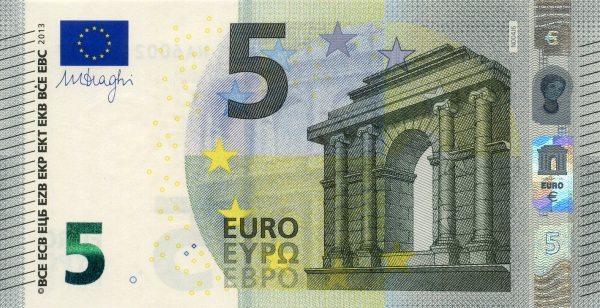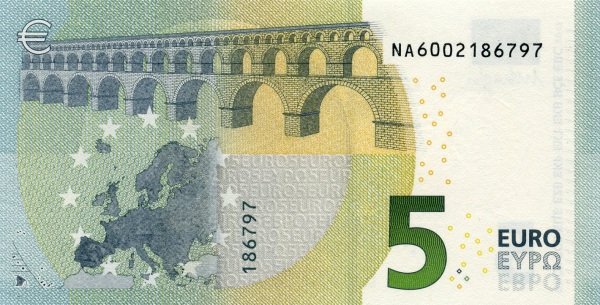Exploring Vatican City State (Holy See)
The Vatican City State (Holy See) stands as a unique, landlocked sovereign entity nestled within the vibrant city of Rome, Italy. As the global headquarters of the Roman Catholic Church, this remarkable microstate holds the title of the smallest independent 'country' in the world. Covering a mere area of 0.44 km² (0.17 sq mi), it houses a population of roughly 800 residents. Established on 11 February 1929, the Vatican City State emerged from the Lateran Pacts, marking a significant turning point in the history of the Catholic Church and Italy.
Historical Significance
Vatican City State (Holy See) traces its roots back to the remnants of the Papal States. In 1859, these territories spanned an impressive 17,000 square miles, roughly equivalent to the size of Denmark. For over a millennium, Popes ruled significant portions of the Italian peninsula. However, everything changed in the mid-19th century when many Papal States fell under the control of the newly unified Kingdom of Italy.
As history unfolded, the annexation of Rome in 1870 further limited the Pope's territorial claims. Nevertheless, resolutions came in 1929 through a series of Lateran Treaties. These agreements established the Vatican City as an independent state while also granting Roman Catholicism a special status in Italy.
Modern Governance
The governance of Vatican City State (Holy See) is deeply intertwined with its ecclesiastical structure. Led by Pope Francis since 13 March 2013, this unique papacy operates as both a religious authority and a governing body. The Lateran Pacts confirmed the independence and sovereignty of the Holy See, emphasizing its role as the ecclesiastical governmental and administrative capital of the Roman Catholic Church. Moreover, the Fundamental Law, promulgated by Pope John Paul II on 26 November 2000, outlines the governance framework.
In this exceptional state, suffrage remains limited exclusively to Cardinals under 80 years of age. This distinctive feature underscores the blend of spiritual and administrative leadership that defines this unique entity.
Geographical Context
Geographically, Vatican City State (Holy See) occupies a strategic location in Southern Europe, entirely enveloped by Rome. Its compact size, covering just 0.44 square kilometers, does not detract from its significance. The climate is characterized by temperate conditions featuring mild, rainy winters from September to mid-May and hot, dry summers from May to September.
Demographics and Culture
When considering demographics, the Vatican City State has no distinct nationality. With an approximate population of 800, it is a melting pot of various ethnic groups, primarily Italians and Swiss. Roman Catholicism serves as the dominant religion, permeating every aspect of life within this microstate. Furthermore, the multilingual population communicates primarily in Italian, with Latin and French also playing important roles.
The literacy rate within Vatican City is an impressive 100%, reflecting the high educational standards upheld by the Church. Such levels of literacy are essential, as they foster informed discourse on religious matters among the clergy and the lay community alike.
Economy and Industries
Interestingly, Vatican City State (Holy See) lacks natural resources and agricultural products. Its economic framework revolves around several key industries. Notably, printing, production of coins, medals, and postage stamps comprise essential aspects of the economy. The Vatican also engages in limited artistic endeavors, producing some mosaics and staff uniforms. Additionally, the state plays a vital role in global banking and financial activities.
Each year, millions of visitors flock to Vatican City State (Holy See) to witness its historical splendor and profound spiritual significance. The stunning architecture, such as the iconic St. Peter's Basilica and the grandeur of the Apostolic Palace, captivates visitors from around the globe. Tourists also marvel at the magnificent art collections housed within the Vatican Museums, which include masterpieces by renowned artists such as Michelangelo and Raphael.
A Living Symbol of Faith and Culture
Through the interplay of its rich history and vibrant culture, the Vatican City State (Holy See) continues to embody the heart of the Roman Catholic faith. Today, approximately one billion people around the globe identify as Catholics, making the Vatican an essential focal point for the faithful. The leadership of Pope Francis, known for his humility and outreach, has further emphasized the Vatican's role in addressing social issues and advocating for peace globally.
In summary, the Vatican City State (Holy See) possesses a unique character and significance that transcend its small size. From its storied past of papal governance to its position as a beacon of spirituality in the modern world, this remarkable microstate continues to inspire and influence countless individuals across the globe. The seamless blend of tradition and contemporary society ensures that Vatican City remains an indelible part of both religious and cultural history.
Largest cities of: Vatican City State (Holy See)
| City Name | Population | Year of foundation | |
| Vatican City | 800 | 1929 |
Vatican City State (Holy See): Money
